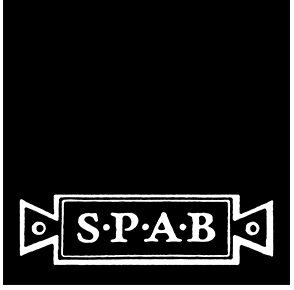Witches marks, also known as Apotropaic Marks (Greek apotrepein “to warn off” from apo- “away” and trepein “to turn”) or Ritual Protection Symbols can be found in medieval buildings dating from 1550 to 1750. They were scratched onto almost any part of a building to keep witches away, more often those places that witches were believed to enter i.e fireplaces, door ways and windows.
On October 31st 2016 Historic England launched a public appeal for information and pictures of witches marks. The idea is to learn more about regional location of marks and to build a record of England’s’ Apotropaic marks.
Link to Historic England’s’ appeal
types of witches marks
Below are the three most common types of Witches Marks found in Britain.
Daisy Wheel or Hexafoil
Comprising of a continuous, endless line which supposedly confuse and entrapped evil spirits. These symbols were very common in England and Wales, with many examples found in Kent, Devon, Shropshire, Powys and Yorkshire.
Collection of Daisy Wheels from Norfolk and Suffolk Medieval Graffiti Survey
Collection of Daisy Wheels from Norfolk and Suffolk Medieval Graffiti Survey
Pentangles
Often confused by local church authorities as a sign of improper practices taking place in that building, especially if found in churches.
Apotropaic Pentangle
Apotropaic Pentangle
Marian Symbols
Letters AM, M or V
Commonly the letters AM, M or V scratched into the fabric of medieval walls, engraved onto wooden beams and etched onto plaster work, these letters were thought to beseech the supreme protective power of the Virgin Mary.
AM witches marks
Collection of Marian symbols
AM witches marks Collection of Marian symbols











